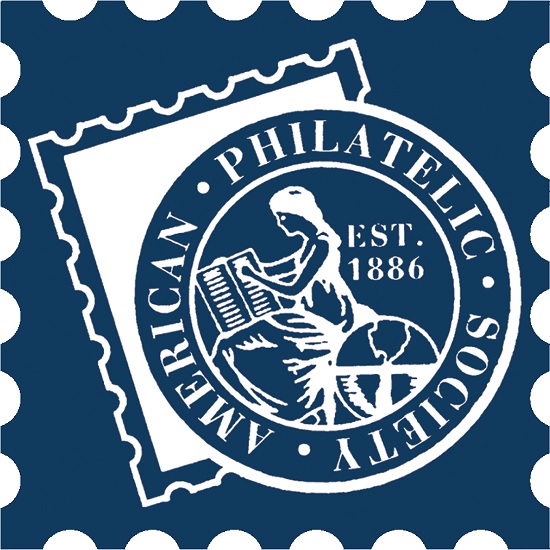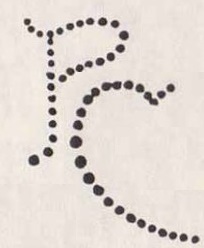Riverside Stamps
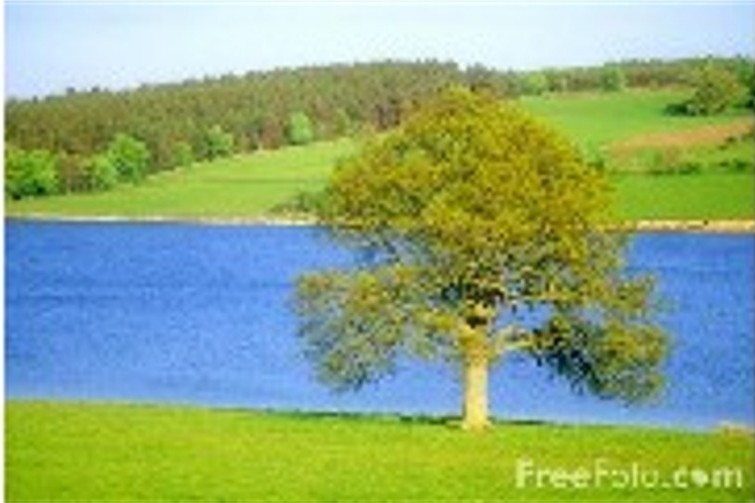
Return to Home Page or Altered and Faked stamps Index Page
|
The contents of
this website is copyright protected. Any suggestions for additions or changes are always welcome. |
Suspect Scott #354, Unused Single.
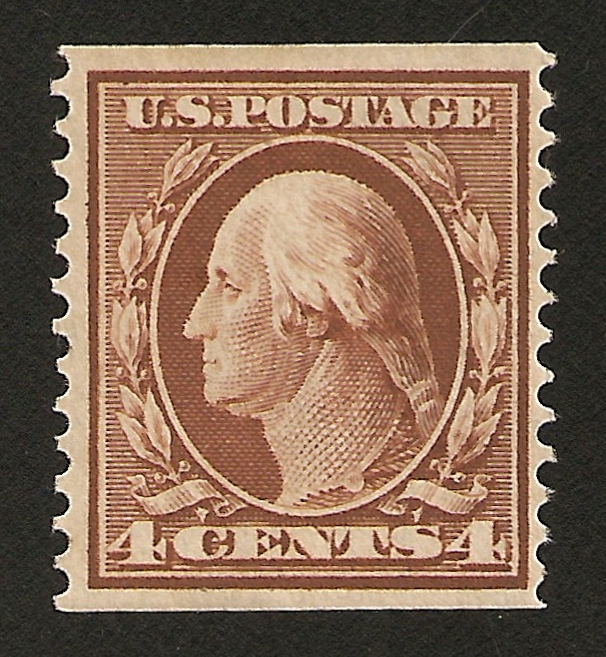
This is an expensive single if it were real - $425 catalog value and is often faked and can be made by adding perforations on the left and right edges of a trimmed Imperforate #346, adding perforations to a #346H imperforate horizontal coil or trimming the perforations the top and/or bottom of a perforated #334. Letís take a look at the particulars of this stamp. It should be perforated 12 vertically with a double line watermark.
The watermark is hard to see but it is in the corners and it is double line. The image below is the suspect immersed in watermark fluid; no adjustments were done to the image.
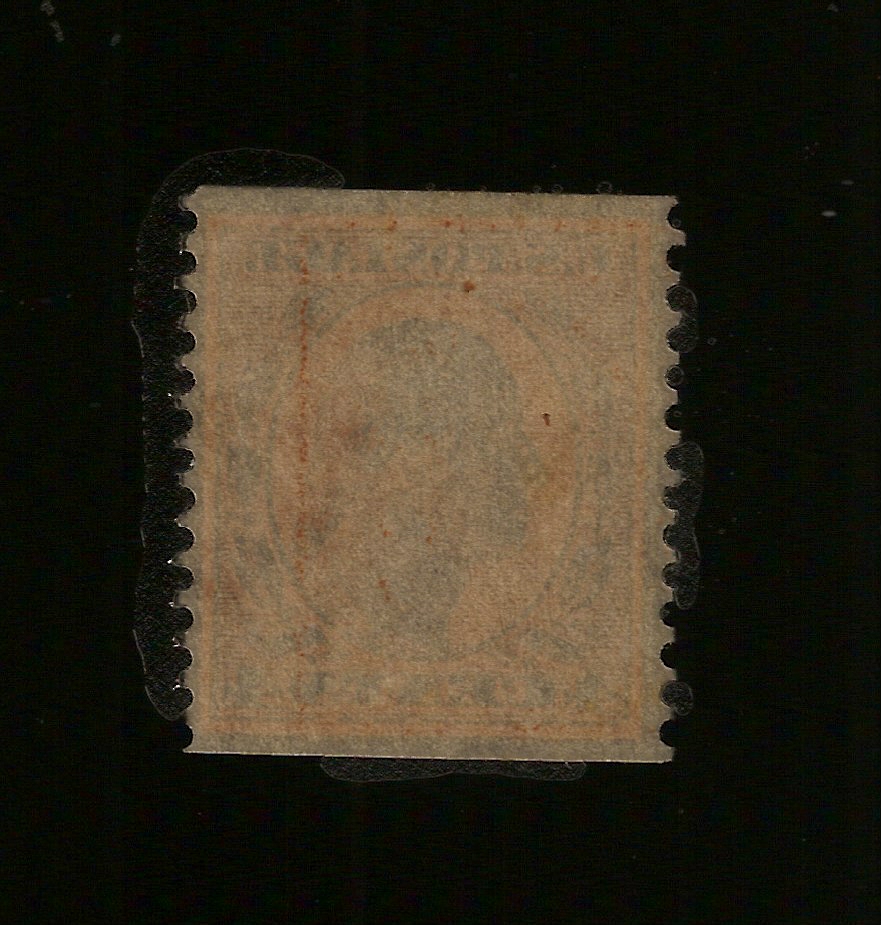
The suspect measures 24.5mm tall on the left side and just under 24.5mm tall on the right side which is a little smaller than the ideal 25.0mm but the Experts Book says that height is not a determining factor of genuineness.
The perforations gauge out to 11.949 on the left and 11.963 on the right. The images below show the suspectís perforations overlaid on genuine #331 perforations. The suspectís perforations are a good match for the genuine #331 perforations. The suspectís perforations show the same characteristics as the genuine perforations.
The edges are parallel with each other but not the frame; the edges are fairly even and show evidence of being genuine when compared to genuine #332a booklet pane edges.
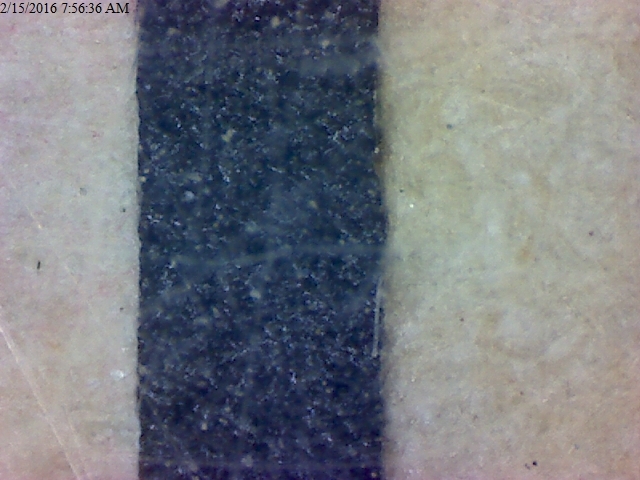
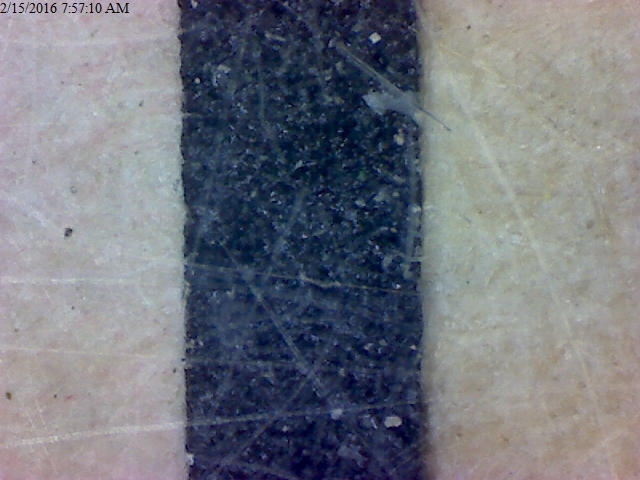
Genuine edge is on the left and the suspectís bottom edge is on the right.
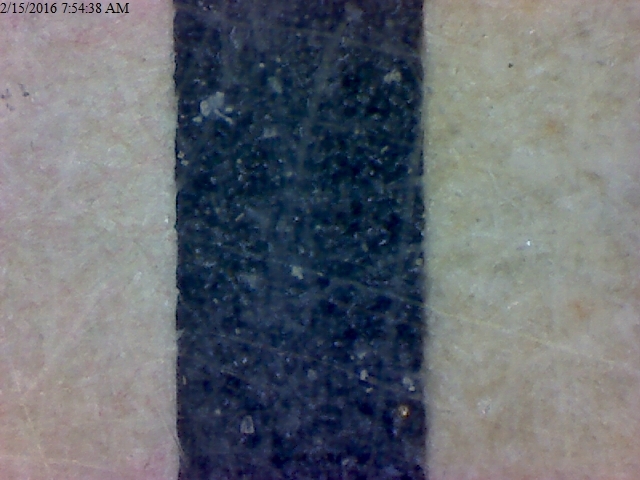
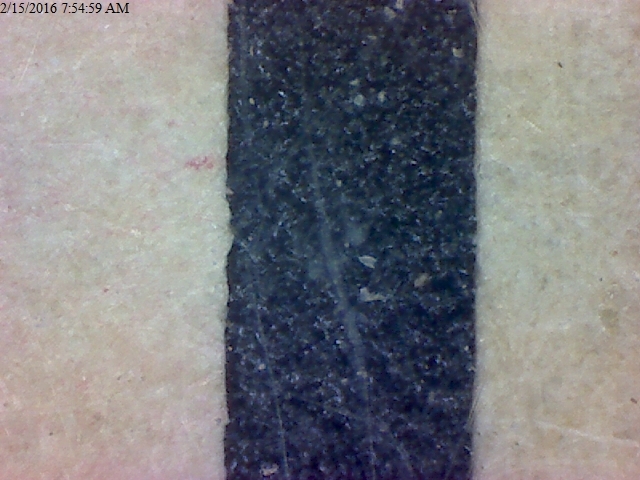
Genuine edge is on the left and the suspectís top edge is on the right.
Conclusion: In my opinion the suspect is a genuine#354, Unused MNH.
Note: since doing this analysis I have learned that booklet panes were cut using a guillotine type device that sliced the panes apart and not the rotating type blades used to slit the stamp panes into strips. The two types of cutting methods produce different types of edge geometry.
Even though my edge comparison methodology is flawed the look and feel of the suspects edges still lead me to believe they are genuine and I stand by my original conclusion.
Reference material used:
- The Expert's Book. A practical guide to the authentication of United States stamps. By Paul W. Schmid.
As always comments and suggestions are always welcome.
To Contact Riverside Stamps:
Email:
Mike Girard - Owner / Operator / Web Master:
g1rardmn1099@comcast.net
|
I am a member of the American Philatelic Society
|
I am a member of the United States Stamp Society 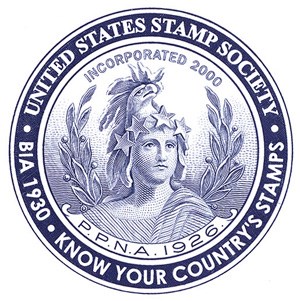 USSS #: 16733 Visit the United States Stamp Society Website at www.usstamps.org |
I am a member of the Perfins Club
|
